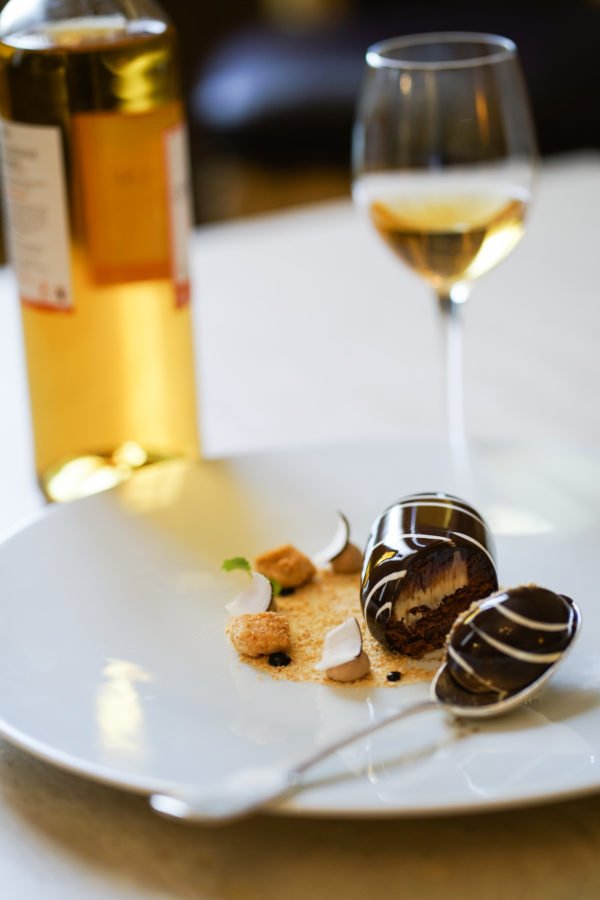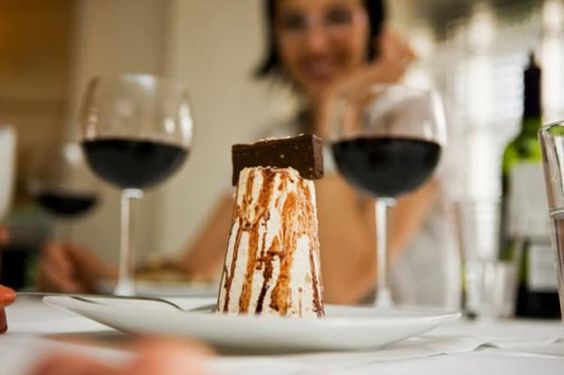
It doesn’t take much convincing for the YCB team to crack open a bottle of wine on a Friday afternoon, it’s Fizzy Friday after all! We’ve sampled our fair share of quality wines over the years (because, what’s life without rosé?). Nevertheless, keen to expand our knowledge into the world of wine, we recently caught up with Jack Chapman of Cult Wines who dispelled myths among dessert wines, and shared his knowledge of sweet wines. Our eyes have officially been opened!

If you have a sweet tooth, which we most certainly do here in the office, choosing a sweet wine amongst dry, ‘serious’ wines can be difficult. Jack explains that whilst dessert wines tend to be looked down upon as a novice wine drinkers’ choice, this opinion is actually pretty flawed! Historically, sweeter wines were once the most popular and coveted style of wine. In 1737, Hungary’s Tokaji was the very first wine region to specialise in sweet wines and helped form today’s fine dessert wine collectibles market. We’re sold. Tell us more…
So, what makes a sweet wine?
Because, being totally honest, we weren’t entirely sure! According to Jack, whilst there is no universal guide on what defines a dessert wine, it usually comes down to the sugar content. Dry wines tend to have no perceptible residual sugar, whereas sweet wines do. To make wine, yeast converts the sugars of wine grapes into alcohol and co2 under a fermentation process. Typically, the less yeast to ‘eat’ up the sugar causes a much sweeter wine and a higher alcohol content. Who knew?
How is sweetness in wine measured?

On the wine sweetness chart, level 1 represents a dry wine whereas anything 5+ indicates a very sweet wine. To give you an idea of a 5+ fine dessert wine, it would contain approximately 13g of sugar per 100ml whereas a can of Coca-Cola contains 10.8g per 100ml. Needless to say, dessert wines have earned their name.
What are the different types of sweet wine?

There are plenty of different dessert wines to choose from, but the most popular choices are:
Moscato- most Moscato wines typically refer to a type of sparkline wine known as Moscato d’Asti. This is a light and fresh sweet wine, identified via its fruity blend of flavours such as pineapple, lime and pear. Many wine enthusiasts compare Moscato to apple or grape juice.
Sauternes- Arguably one of the most collectible investment wines on the market, Sauternes is heralded as ‘the King of Dessert Wine’. This sweet Bordeaux relies on a friendly fungus known as ‘noble rot’ and has an ageing potential of over 100 years. The taste? Nutty, with hints of honey, peach and apricot.
Riesling- this light, clear white wine is packed with a number of aromas ranging from perfumed florals to fruits such as apples, pears and peaches. Unlike other wines, Riesling is influenced mainly by the soil in which it grows, and is harvested late in the season to ensure maximum sweetness.
Tokaji- Tokaji is prized for its rarity, cellar worthiness and expense. As one of the oldest forms of dessert wines, strict regulations allow only a handful of varietals to create this wine. This is a treasured super saccharine wine with notes of caramel and honey.
Icewine / Eiswein – As the name of this wine suggests, the grapes for this wine are picked only after they freeze on the vine, before the freezing damages the grape. Due to this, it is a highly complicated wine to produce. The grapes are picked late at night in winter and the flavors of this wine are of extremely concentrated lush fruits counterbalanced with a crisp elegance.
We love a glass of red, so, what about sweet red wines?
Although sweet wines are typically associated with white varietals, there are plenty of sweet red wine options too. Hoorah! The most popular red offering is the vintage port, which is known for its big bold flavors and high ABV of up to 20%. Other sweet reds include fizzy offerings such as Lambrusco, sparking Shiraz and Brachetto d’Aqui, as well as medium-bodied Schiava, Black Muscat and Dornfelder.

What’s the best way to serve sweet wine?
Jack explains it’s best to serve sweet wine with a 175ml serving size, as they are typically sipped slowly. However, feel free to serve it in a regular wine glass as it permits you to swirl and smell the sweetness of these wines. So that the delicate flavours are not damaged, serve dessert wines slightly chill to temper the perception of sugar.
We don’t know about you, but we’re eager to welcome dessert wines into our lives with open arms, we can’t believe we’ve been missing out all this time. Goodbye rosé, our friendship has been strong and long-lasting, but we’re moving onto sweeter things…
